Resources basket – How do I transport commercial goods to Mexico? How to send merchandise to Mexico?
If your supply chain requires you to ship commercial goods to Mexico or from Mexico, a company specializing in freight shipping to Mexico, such as Mexicom Logistics can definitely help you. In this article, we provide you with all the informational resources that Mexicom has created for you to guide yu step by step and help you understand the process of transporting commercial goods to Mexico.
This resources basket contains more than 20 links to articles and guides with infographics and downloadable materials – all completely free- on the topic of transporting commercial goods to Mexico. Enjoy!
Who are the main players involved in the transportation of goods to Mexico?
- The shipper
- The Consignee in Mexico – Must be registered with a Mexican Customs Agent
- Canadian customs (if applicable)
- American customs (if applicable)
- Mexican Customs
- Transportation company (Mexicom Logistics)
- Carrier
What you need to know before shipping goods to Mexico:
Important note before you start:
Article 40 of the Mexican Customs Law establishes that it is mandatory to use a customs agent for import or export operations.
- To import Mexico from Canada or the United States legally, you need to have a customs agent and be registered in the importers register.
- To export from Mexico to the United States or Canada, you need to have a customs agent and be registered in the exporters register.
We are sharing with you a checklist with all the documents required to register with a Mexican Customs Broker
Obtain a detailed explanation in our article:
Transporting commercial goods to Mexico in 9 steps
1- The purchase
A Mexican buyer orders goods from another country and issues a purchase order.
2- Prepare export documents and international order
The shipper prepares the export documents and the international order. The shipper has to consider marking requirements.
Documents in this step:
- Packing list
- Commercial invoice
3- Arrange for transportation of goods to Mexico
Either the person who sells the goods or the person who receives the goods (consignee in Mexico) has to arrange the transportation of the goods.
The party in charge of arranging the transportation of the goods to Mexico contacts a freight forwarder, such as Mexicom Logistics, which is a company that is going to negotiate the rates with a large network of reliable carriers to offer you the lowest rate available and good service. Alternatively, you can contact a carrier directly.
Another advantage of contacting Mexicom Logistics is that it is a freight forwarder that specializes in shipping goods from Canada and the US to Mexico, which means that it knows the process of transporting goods to Mexico like no one else. If you are planning on shipping goods from any of those countries, get in contact with Mexicom Logistics.
For more information about the advantage of using a freight forwarder, please refer to our post:
Additional resources in this topic:
4- Prepare Export documents
Shipper prepares the following documents:
- Commercial Invoice
- Export Declaration B13a
- Certificate of origin
- Permits (if required)
5- Transportation of goods
Mexicom Logistics keeps you updated on the status of your load, while goods are being transported by the carrier.
Mexicom Logistics also takes care of the bond. As the shipment will be transported from Canada directly to Mexico, without clearing customs in the US, the load will be an in-bond load. In-bond loads are those that are stored or transported through the United States but are not intended to be commercialized in that country, so they do not clear customs in the US border.
More information about in-bond load in our post:
6- Canada customs
Shipper has to notify Canada Customs within the established time-frames
7- Foreign customs (American and Mexican)
The following documents have to be sent to the Customs brokers:
- Commercial Invoice
- Bill of Lading
- Certificate of origin
- Export permits
- Other foreign customs document requirements
8- Customs clearance
Final accounting and payment of duties and taxes
9- Goods received
Goods are received by the consignee in Mexico.
Documents in this step:
- Proof of delivery
- Payment issued
Documents required to ship commercial goods to Mexico
Documents that shippers have to prepare to ship commercial goods to Mexico
If you are hiring a freight forwarder such as Mexicom Logistics to transport commercial goods to Mexico, you don’t need to worry about transportation logistics. However, as a shipper, you still need to complete certain documentation. Below you will find a list of the documents needed to ship freight from Canada and the US to Mexico.
- Commercial invoice
- Packing list
- NAFTA certificate of origin (if applicable).
- Bill of lading
- All information to generate the Complemento Carta Porte
For more details about each of the mentioned documents, please read:
List of the documents required to start the transport process to Mexico
- The Commercial invoice is created by the shipper. It is a legal document between the supplier (shipper) and the customer (receiver) that describes the sold goods, and the amount due by the customer. Based on this document, customs determine customs duties.
- Packing list is created by the shipper and details the specific contents of each pallet. The packing list assists the Mexican customs broker with their inspection process.
- The Bond (if passing through the US before arriving in Mexico as the final destination) is provided by the international carrier that transports cargo from a foreign destination to the United States or a domestic carrier that merely wants to transport imported cargo “IN BOND” from one state to another.
- Bill of lading This document is sometimes called Bill of lading, BL or BoL, it is signed by the Shipper and the Transportation company, as well as by the receiver when it receives the goods.
- The Letter of Instructions is a document that needs to be provided by the freight forwarder and filled up by the shipper. This document instructs the freight forwarder on how and where to handle the export shipment.
List of the documents required during the US-Mexico border crossing process
- The DODA It is generated based on the information of the pedimentos that are validated and paid and it contains a two-dimensional code QR (Quick Response Code), an electronic signature of the Customs Agent and the digital seal of the Tax Administration Service (SAT). Companies will have the customs broker/legal representative prepare a DODA, which will be printed and handed to the freight forwarder who will then present it along with the merchandise, before the Mexican customs for inspection.For more information about DODA, please read:
- Cargo Manifest is a document prepared by a licensed U.S. customs broker.
- Canceled bond. The bond is sent to the customs broker to be canceled. Once the bond has been canceled, the trailer is then transported to cross the US-Mexico border.
Documents required for the transportation of the goods in Mexico
- The Carta porte is a legal document that proves the existence of a transport contract between the shipper and the carrier. It is issued by the carrier and it informs about the terms in which the transportation agreement was made and attributes rights over the transported goods.Currently, only CFDI v4.0 with Carta Porte v2.0 are valid. It is mandatory for all taxpayers in Mexico who transport goods and merchandise within the Mexican Territory to present this document in case they are required to do so by the authorities.For more information about the Complemento Carta Porte, please read:
Documents required at the delivery of the goods at the final destination in Mexico
- Proof of delivery. The Carta Porte becomes the Proof of Delivery when it is signed by the consignee at the reception of the load. The proof of delivery proves that the cargo was shipped. If the freight is damaged or there are missing pieces at the moment of the delivery, the Consignee has to mention it in the Proof of delivery.
Transit times when shipping freight to Mexico from Canada and the United States
To calculate the number of days that will take a driver to move a ground shipment from point A to point B is to divide the total number of miles by 500.
So we consider a driver can do 500 miles a day.
This calculation takes into account the driver’s resting times rules in effect in Canada, the US, and Mexico.
We have created a whole article about transit times calculation for ground transportation of commercial goods to Mexico, please read:
Shipping containers to Mexico?
Due to the important commercial exchange that takes place in Mexican ports, the ground transportation of goods in containers takes on special relevance.
Please read our article about the transportation of containerized merchandise, also known as container drayage service, to and from three of the main ports in Mexico: Altamira, Veracruz, and Manzanillo.
What freight service to choose to ship commercial goods to Mexico?
In very general terms, we could say that the full truck service (FTL) is recommended for large and heavy loads, which occupy all or most of the trailer, while the partial truckload transport service is the most economical if less than 30 linear feet of the trailer will be occupied. Lastly, a Less than Truckload service (LTL) is the best option for smaller loads.
There are other aspects to take into account to fully understand these three transport services. In the following article, we provide a detailed explanation of each of the mentioned services.
What is the preferred freight border-crossing into Mexico?
Laredo, Texas, is the largest inland port in the United States and is a vital gateway for cross-border freight shipping between Mexico and the United States. According to U.S. Customs and Border Protection, the Port of Laredo handles about 40% of all trade between the U.S. and Mexico.
Navigating the border crossing in Laredo can be a challenging experience. We recommend you read our article Navigating the Border Crossing in Laredo: Tips & Resources for a Smooth and Efficient Experience to learn more about this topic.
All about freight rates to ship commercial goods to Mexico
In this section of our resources basket, we will share with you articles that will help you understand how the Ground Freight market works shipping internationally to Mexico in either, FTL or LTL services.
To learn about What no one tells you about ground freight rates, please check our Essential buyer’s guide
To understand freight LTL rates:
LTL rates calculation might be difficult to understand because there are many factors that play a role in the Less Than Truckload Freight transportation costs. LTL rates are based on weight, dimensions, equipment availability, route, fuel, density, handling, stowability and liability, among others. Less Than Truckload rates get even trickier when it comes to international shipments because additional or accessorial charges might apply.
We recommend you to read our article on this subject:
To understand freight FTL rates:
To calculate FTL freight rates to ship goods to Mexico is less complicated than calculating LTL rates. However, oftentimes, our customers ask us: What are all costs involved in an international freight shipping service to Mexico? To answer that question, we published an article where we make a point-by-point analysis of all elements included in an International FTL shipping rate to Mexico. In addition, we mention other charges non-related to the transportation service, that our customers have to take into account when shipping freight to Mexico.
Please read the article: Decoding cross-border FTL shipping rates to Mexico

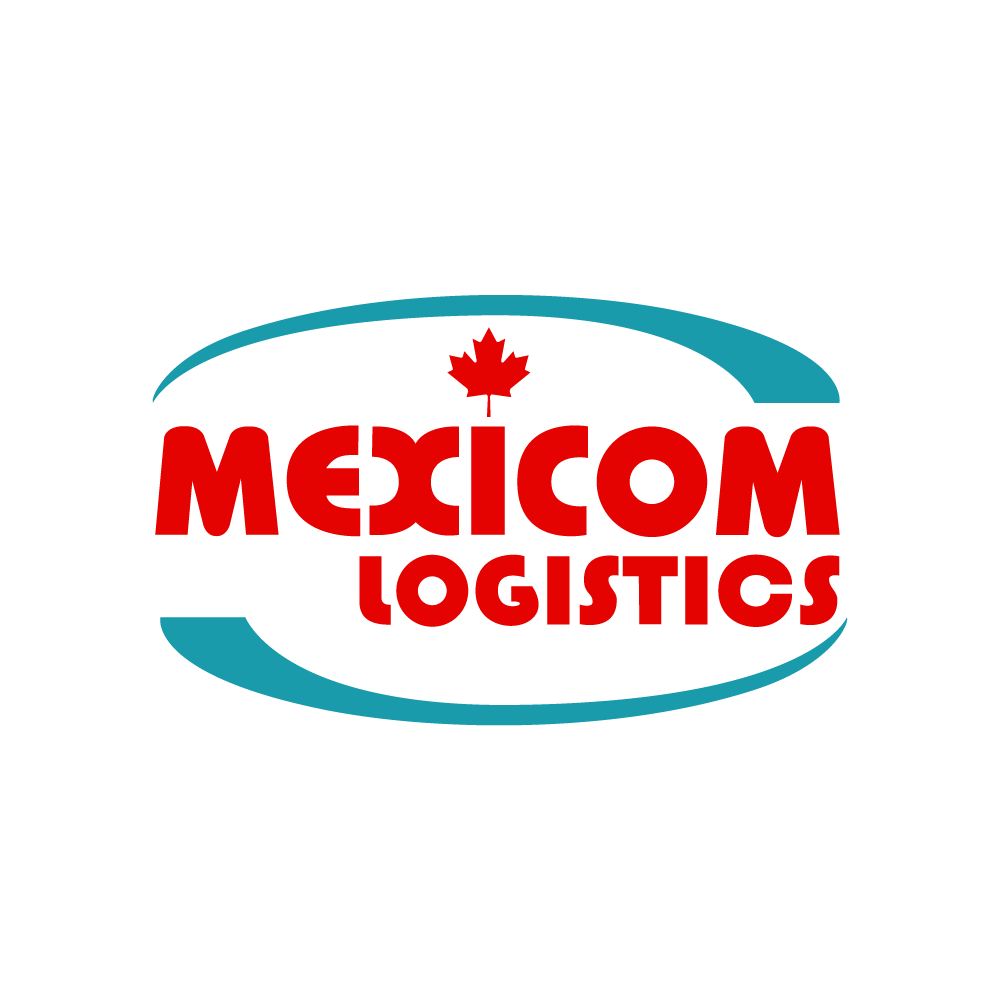

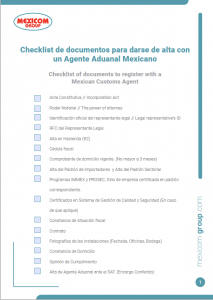
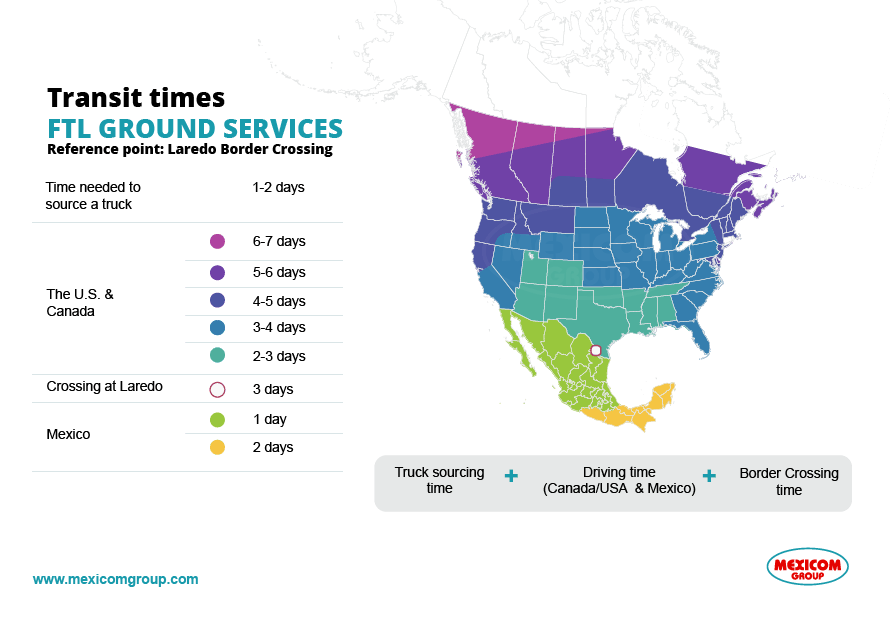
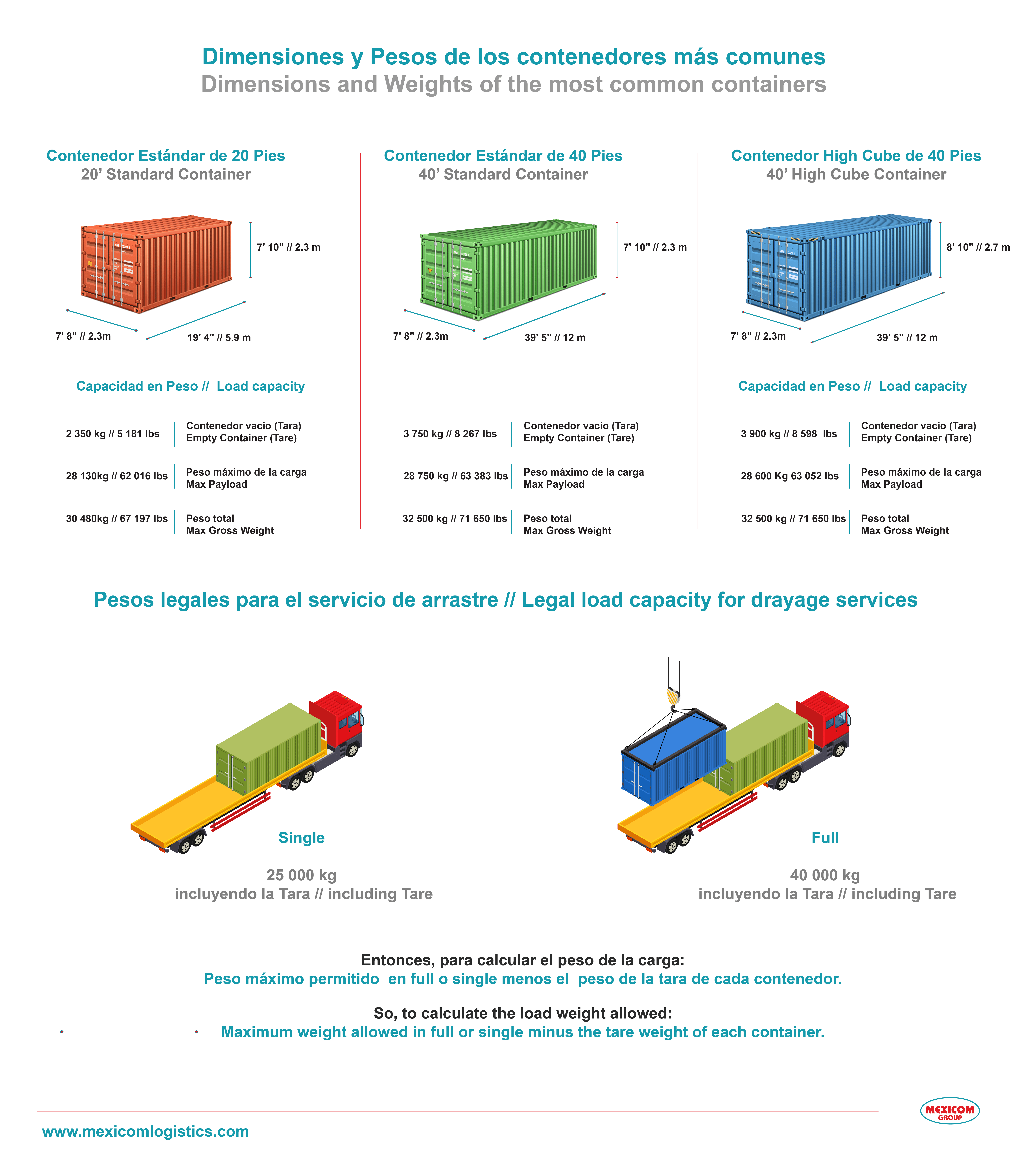






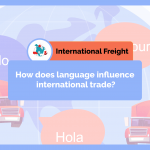
Thanks for sharing a valuable blog. Keep sharing.